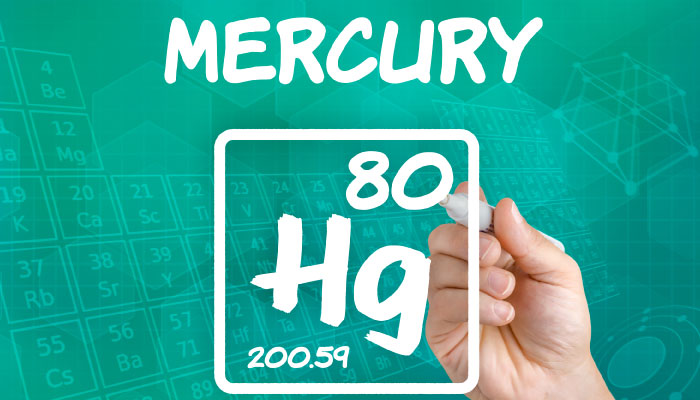The ubiquitous nature of solvents is much well known, there’s no way but to depend on them while applying pastes  and coatings, removing stains or old and stubborn adhesives or consolidating flaking media. The identification is denoted by the solubility behavior of an unknown substance, and the change in a known material’s solubility can provide some key information about the characteristics of its aging. There are many factors that involve industrial solvents selection in particular situations – be it evaporation rate, environmental or health considerations, viscosity etc. Often, the effectiveness of the industrial solvent is dependent on the ability to adequately dissolve one material, while not much affecting others.
and coatings, removing stains or old and stubborn adhesives or consolidating flaking media. The identification is denoted by the solubility behavior of an unknown substance, and the change in a known material’s solubility can provide some key information about the characteristics of its aging. There are many factors that involve industrial solvents selection in particular situations – be it evaporation rate, environmental or health considerations, viscosity etc. Often, the effectiveness of the industrial solvent is dependent on the ability to adequately dissolve one material, while not much affecting others.
Selecting industrial solvents and their blends to satisfy the aforementioned criteria need much precision, and is thus no less than a fine art and based on experience, intuition, and trial and error. While many situations might govern the seat-of-the-pants approach, any experiential reasoning or dependency has practical limitations, especially when done scientifically. An organized system is often required to facilitate the accurate prediction of complex solubility behavior, although it is might not be so important to understand quantum mechanics to remove a masking tape.
Solubility Scale Systems
Out of a bewildering assortment of different solubility scale systems is Hildebrand Solubility parameter which is widely accepted, that includes Hansen solubility parameter, hydrogen bonding value, Hildebrand number etc. Sometimes only numerical values are counted for these terms, while values are presented at other times accordingly in forms of two or three dimensional graphs. Teas graph, a triangular graph out of these is used increasingly for its clarity and accuracy. The Hansen solubility parameters, the most widely accepted three-parameter system was devised by Charles M. Hansen in 1966. These parameters divide the total Hildebrand value into three areas: a hydrogen bonding component, a dispersion force component and a polar component. This approach differs from Crowley’s (another popular system) in 2 main ways: firstly, it uses a dispersion force component rather than a Hildebrand value as third parameter and secondly, these relate all the 3 value components to a total Hildebrand value.
The solubility parameters are a body of scientific concepts that are constantly developing and can be of immense practical assessment to a conservator. Solubility Maps, complex molecular interactions and other media can be visualized and understood and thus, solubility theory can function as a ladder to be left behind only when the basic concepts are assimilated. At the same time, solution to an unusual problem can be often put within the reach by geographically plotting solubility behavior on a Teas graph.
If you want to know about the application of industrial solvent selection focusing on solvent based systems, you might want to join a live webinar Industrial Solvents Selection: From Theory to Applications with the Help of Hansen Solubility Parameters on Tuesday, October 25, 2016 where expert speaker Dr. Francois Magnin will mainly focus on solvent based systems but there will also be some other discussions that might be applicable to water-based formulations.




